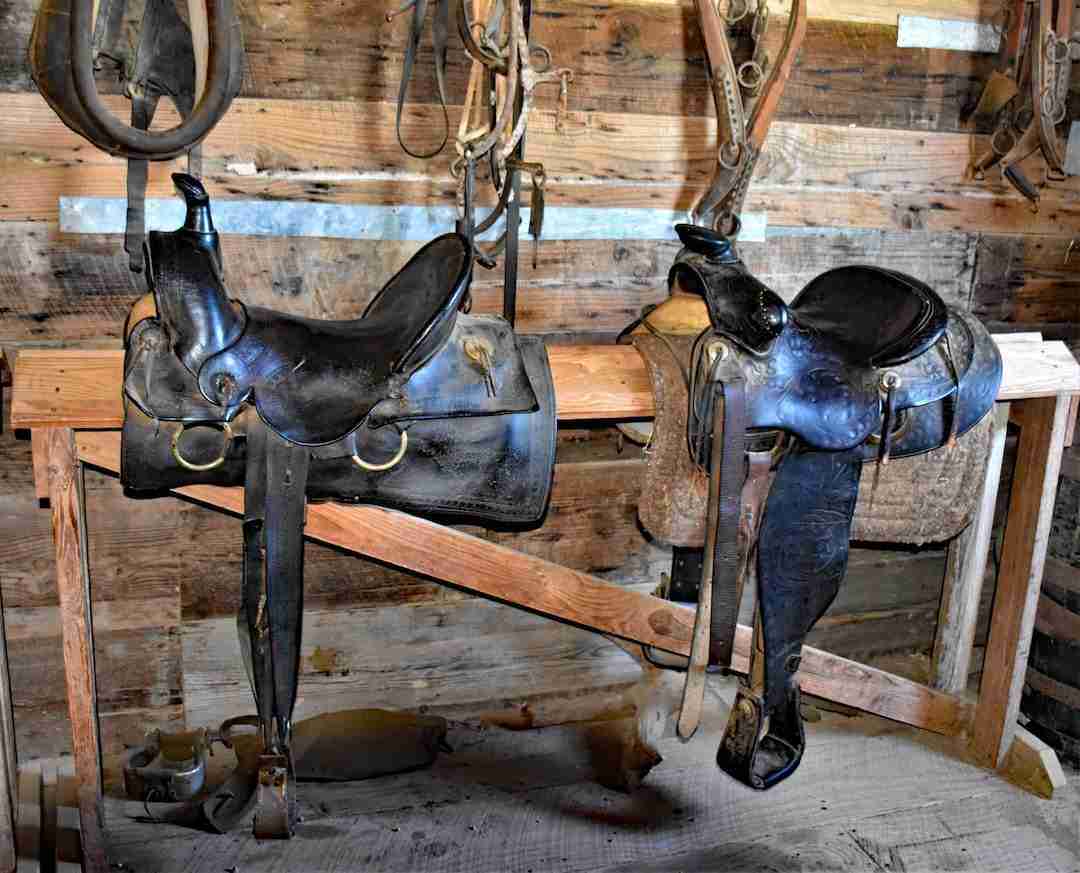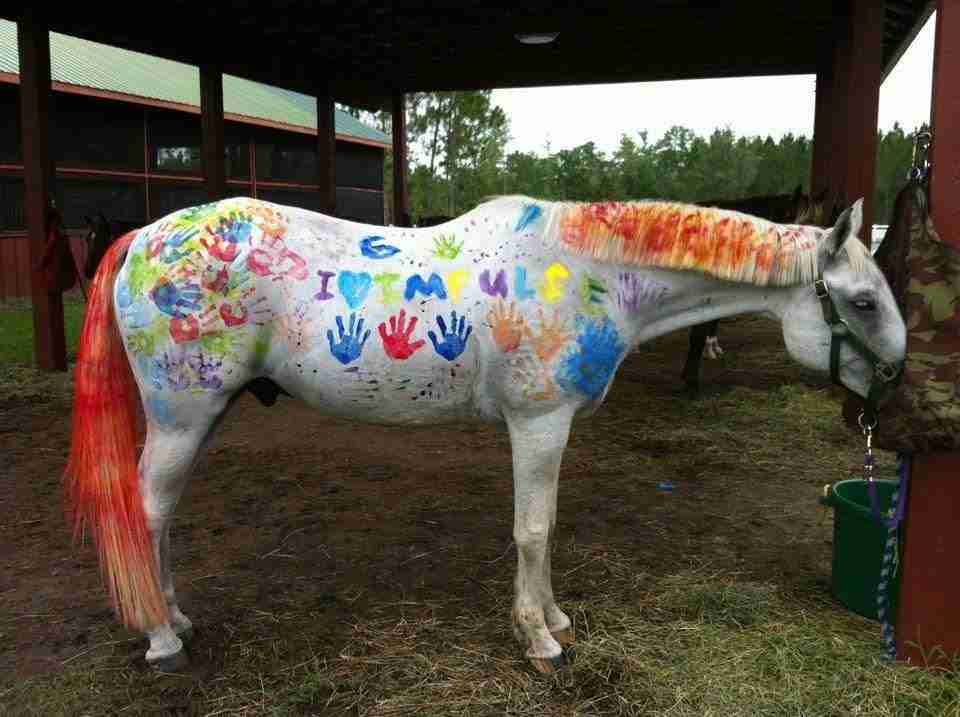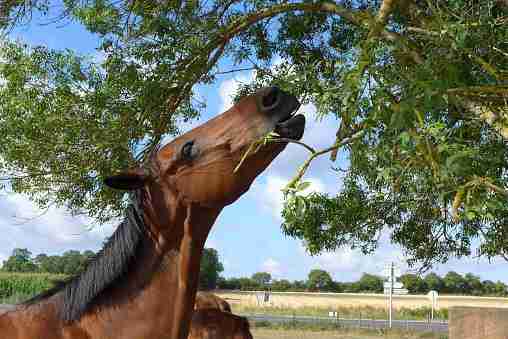Since they were domesticated more than 5,000 years ago, horses and people have been deeply connected. The bond and connection you build with your horse can make riding so rewarding. Between horse and rider, there is an unspoken language that varies from rider to rider and horse to horse. Still, you can’t help but wonder how they feel about riding. That said, do horses even like being ridden?
Many experts explain that, like humans, horses all have their own personalities, including things they like and dislike, and of course, this includes how you treat them while riding. So naturally, horses are often more willing and eager to work with a motivating and cooperative rider.
While some breeds may be predisposed to particular personality traits, every horse—even those of the same breed—will have a unique personality that sets it apart from the others. Therefore, nothing about horses is the same across the board because they all have unique quirks, tastes, and personality traits. With that in mind, let’s take a closer look at how horses feel about riding.
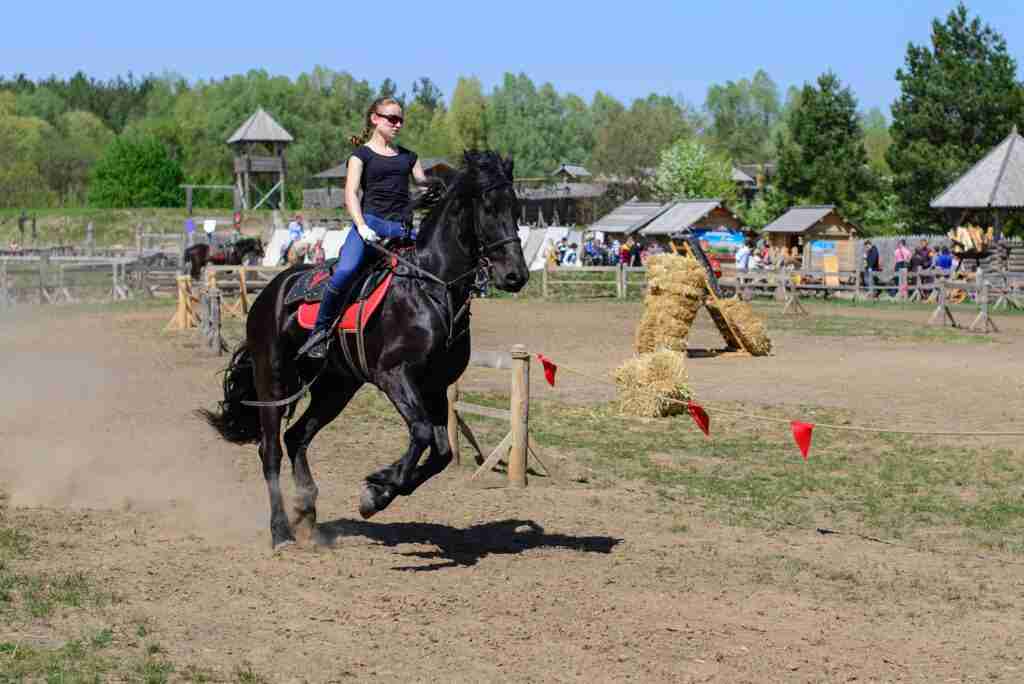
The Reason Why Horses Let Us Ride Them
There is a wide range of approaches to working with horses, from outright abuse to approaches meant to motivate and communicate with the horse using the same “language” horses use with one another. Still, one truth that many riders know is that a horse will enjoy time with its owner once a bond has been established.
Your horse will typically allow you to walk right up to it when you need to groom it, feed it, saddle it up for riding, or approach it for any other reason. So even touching your horse won’t have you worrying about it charging at you or trying to bite you.
However, you’ll get a completely different reaction if you try any of this with a wild horse. You probably won’t even be able to approach a wild horse close enough to touch it without the animal running off.
So how can we ride the horses that fill stables worldwide if wild horses don’t want to be approached by humans? Why allow us to ride them?
In the end, domestication, training, and trust are the three fundamental characteristics. Horses’ behavior is influenced by the thousands of years of domestication ingrained in their genes. Riding horses have also undergone extensive training that gradually increased trust. This develops their physical riding skills while fostering trust in their trainer and other people.
How To Tell If A Horse Wants To Be Ridden?
So, how do you know when a horse wants to be ridden? If not all horses enjoy riding, you’ll need to learn some cues to tell when a horse is comfortable being ridden and when it doesn’t. Fortunately, horses exhibit various cues indicating whether they want to be ridden or not.
For example, some signs that your horse does not want to be ridden include:
- Rustling tail
- Rotating ears
- Pinched lips
- Foot stomping
- Tensed skin around the eyes
- The horses’ nostrils are flared
- Their head is raised
Examples of signs that your horse would like to be ridden include:
- Relaxed muscles
- Their ears are pointed sideways
- Lips are relaxed
- Standing on all four feet without any foot stomping
- Their tail is swinging unhurriedly
- Chewing and licking
- Gazing slow and soft with blinking
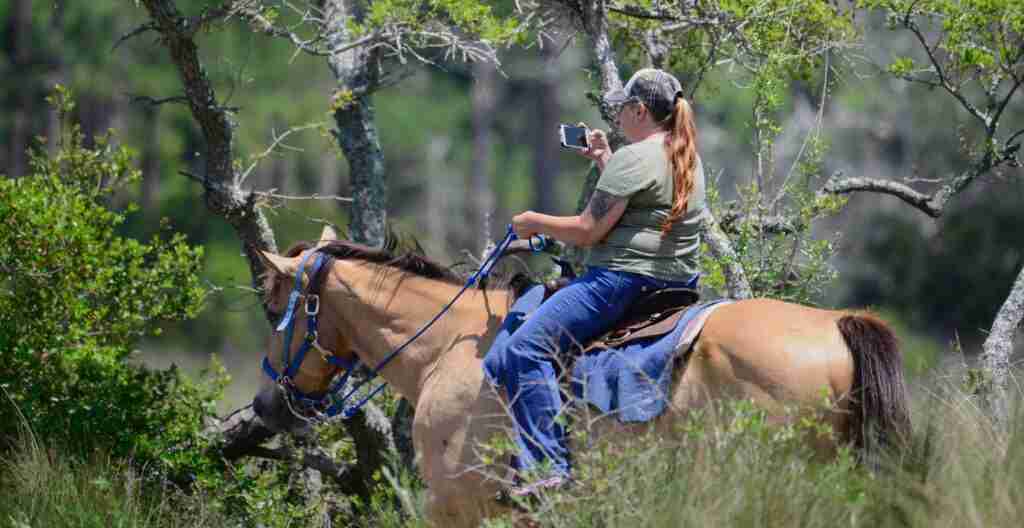
Is Riding A Horse Considered Cruel?
If you ride horses or work in the equine industry, you will inevitably be asked whether riding horses is cruel. It may cause you or others to consider the morality of horseback riding seriously, but the answer is not as simple as many people think.
If done correctly, horseback riding is not cruel. Keep your horseback riding cruelty-free by learning the proper techniques and understanding how riding affects horses. Still, riders who are inexperienced and do not provide medical treatment to their horses can potentially cause them pain and suffering.
Despite what skeptics may say, many equestrians live a horse-riding lifestyle, and many horses seem to enjoy it. The truth is that a horse could easily fling a rider off its back if it genuinely didn’t want them there. However, horseback riding can be safe and enjoyable for both riders and their horses with the proper training, experience, and care.
Do Horses Experience Pain When Ridden?
If riders take the proper safety precautions, riding horses shouldn’t hurt the animals. However, horses must be saddled appropriately with riding equipment to prevent wounds, rashes, or sores. So if you are inexperienced, it would be best to learn how to saddle properly and get a horse ready for riding by working with an experienced rider or coach.
Unavoidable mishaps occasionally occur, and riding can cause muscle strains or sprains in horses. As a result, many riders advise starting every ride by walking your horse for a short distance. Slowly increasing the amount of extraneous riding will help them loosen up their muscles and prevent injury.
The Positive Effects Of Horse Riding
There are many advantages for horses in horseback riding. First, horses and their owners can form enduring bonds through riding.
Horses can also improve their agility and muscle development by riding. In addition, high-energy horses may release some of their pent-up energy, allowing them to live more calmly.
Many horses enjoy competing in riding sports like roping, team penning, sorting, barrel racing, and pole bending. As a result, many horses who ride lead more varied lives than those who simply spend their time in a stall or pasture.
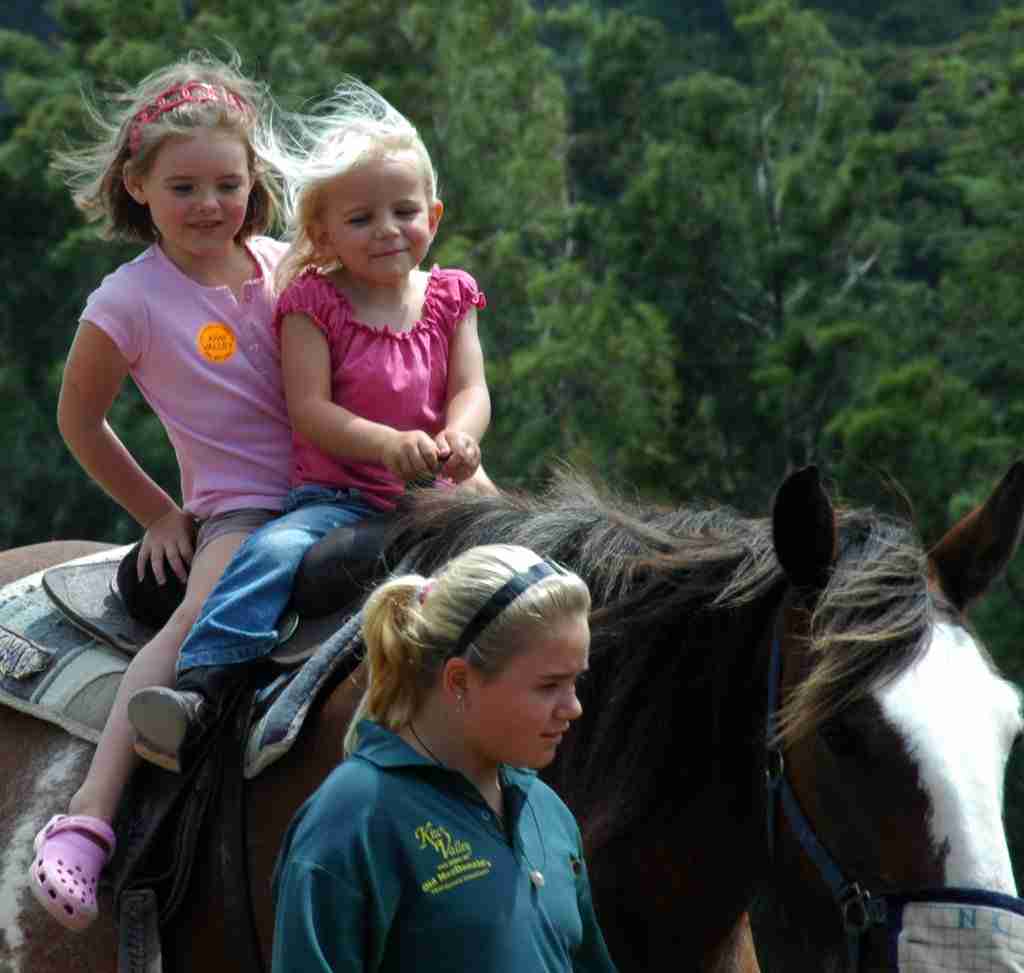
The Possible Negative Effects Of Horse Riding
Horse riding can cause physical and psychological problems in a particular horse if the rider is inexperienced . When horses are ridden frequently by impatient or untrained riders, overexertion, muscle strains and sprains, ligament tears, and lameness can all happen.
Unskilled riders can cause their horses to develop trust issues, anxiety, and fear. Therefore, before ever mounting a horse, horse riders should educate themselves on the proper techniques for handling, riding, and caring for horses.
Factors That Keep Your Horse Happy For Riding
Everyone wants their horses to be truly happy. Happy horses are pleasant to be around, pick things up quickly, and communicate well with folks. Additionally, we feel rewarded when we take good care of our equine friends. In light of this, the following examples are fantastic ways to ensure that your horse has a good day every day.
Building Trust With Your Horse
Most people buy horses that are already trained to ride, giving the process of training a horse for riding little thought. However, it’s a challenging process requiring strong mutual trust between the trainer and the horse.
Harsh training techniques and cruel trainers don’t get the best results with horses. Instead, they need to feel secure to develop solid connections with people, not just their trainers. In addition, it will enable riders other than the person who initially trained them to ride in the future.
Despite this, each person who rides a horse must develop trust, which is why you should hold your hand out to the horse before simply walking up and climbing on.
Training Has An Essential Part To Play
Of course, training involves teaching the horse to ride and developing a relationship and trust with them. A horse needs to get accustomed to it. So, although having thousands of years of domestication in their blood, even horses born in domestication do not naturally know how to be ridden.
The horse is first taught to be led before being ridden, so trainers must learn a variety of cues, gaits, and other things and be able to teach the horse. It’s a challenging process that calls for commitment and expertise to complete.
Unfortunately, due to the specialized skill set required, most riders are not very knowledgeable about training a horse to ride. So even fully domesticated horses that could be ridden aren’t always able to be ridden.
Other Articles You May Also Like
- Spirit Horse Names for Your Special Horse
- How Is Your Mare’s Belly Shape Changing Before Foaling
- Steps To Breaking A Horse To Ride
- Sweet Feed For Your Horse
- Black and White Horse Breeds
Be A Team Leader
It would be best if you served as the team leader in the equine-to-rider friendship. Horses are herd animals that are hardwired to follow a hierarchy. You want to have a loving relationship with your horse, but you must maintain control for your horse to be safe.
Your horse must understand that it must follow through when you tell it to do something. A horse weighing 1000 to 1200-pounds compared to a person weighing 175 pounds, that weight comparison alone who would lose an argument. Therefore, it is critical to be a team leader while keeping in mind that there is a fine line between leading and abusing.
Some Horses Have Had Bad Experiences
Horses have vast memories, particularly of adverse events. A horse that has been injured or mistreated won’t enjoy being ridden. Even though they are doing the work, it does not mean they enjoy it.
To gain an abused horse’s trust will take a lot of time and persistence. However, the horse may become a devoted friend once you gain its trust. Remember that the horse may or may not enjoy being ridden, depending on the abuse or injury it endured, so it is crucial to keep a keen eye on any discomfort.
How To Help Your Horse Enjoy Riding
The first rule is to ensure your horse is not in pain before anything else. Comfort is crucial. Essential veterinary exams should be performed to ensure no physical conditions are causing your horse’s discomfort. Proper tack selection and fit are crucial (e.g., hoof problems, body misalignment, ulcers, joint pain).
You can encourage your horse to feel upbeat and enthusiastic about the work by incorporating some of their favorite things into your riding routine.
Try riding with a friend if your horse enjoys being around other horses. Give your horse’s favorite foods as rewards for good behavior if they are food motivated. Small gestures can significantly increase your horse’s motivation and willingness to work under the saddle.
Giving your horse the freedom to choose is crucial as well. For example, many riders try to let their horses ride at their preferred times of day and in their favorite places. While some horses feel more comfortable sticking to a consistent routine, others prefer working on various skills in various locations.
Instead of just picking the one they are good at or were bred to do, choose the discipline your horse enjoys. Also, pay close attention to your horse’s preferred and least preferred activities. More of the former and less of the latter will probably result in your horse becoming more enthusiastic about riding. Furthermore, the following six tips will help you to ensure your horse enjoys riding:
- To avoid muscle injuries, assist your horse in loosening its muscles before riding.
Before you get on, walk your horse slowly or use a lunge line to prepare. Similar to how a runner loosens up their muscles before running, your horse needs to do the same. Let a horse walk for a while or run a few laps to warm up its muscles.
- Take note of any uneven walking or tripping.
If your horse’s gait changes while being ridden, it could be in pain. If you notice a problem while riding, stop and investigate it before continuing. It could be something as simple as a thorn in their hoof or something more serious.
- Have a farrier trim their hooves regularly.
A qualified farrier should perform routine hoof care on all horses. Horses may suffer from severe leg problems if hoof problems are not addressed promptly. Regular hoof care can prevent a variety of problems from worsening.
- In between farrier visits, clean and inspect their hooves frequently.
Horse owners should clean and inspect their horses’ hooves regularly. You can keep your horse’s hooves healthy and dry by removing dirt and debris. It will also assist you in detecting hoof issues before they become more of an issue.
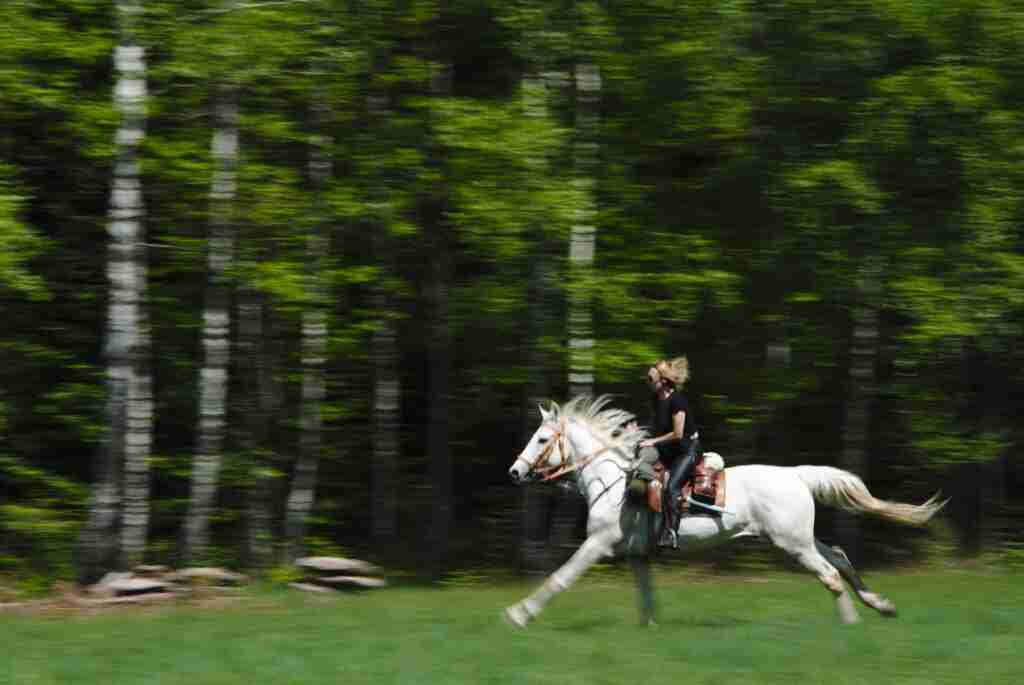
- Make use of an equine chiropractor.
Experienced equine chiropractors can help treat joint, back, or leg pain by manipulating a horse’s muscular and skeletal systems.
In addition, they can assess your horse’s problems and determine whether equine chiropractic manipulation can help or if the horse needs to be treated by a veterinarian.
All equine chiropractic services should be performed in collaboration with a veterinarian to keep your horse safe and healthy.
- If you are inexperienced, work with a trainer.
When beginning to ride horses, new and inexperienced riders should work with a trainer or an experienced rider. It ensures that they learn how to ride their horse correctly and safely. In addition, simple things like pad and saddle placement can help keep your horse safe and comfortable during rides.
Conclusion
Horses can enjoy being ridden if they are handled carefully and considerately. Horses enjoy having a purpose, and having a proficient horse in their work is thrilling for the owner. By observing them, you can tell that many cutting horses enjoy what they do.
The same is true when you observe the tenderness a horse used for therapeutic riding travels with his precious cargo or when you observe an event horse at the starting gate. Still, remember that how you treat your horse plays the most crucial role. Domestication, trust, and training are primary factors to ensure a horse learns how to enjoy riding.
Resources






